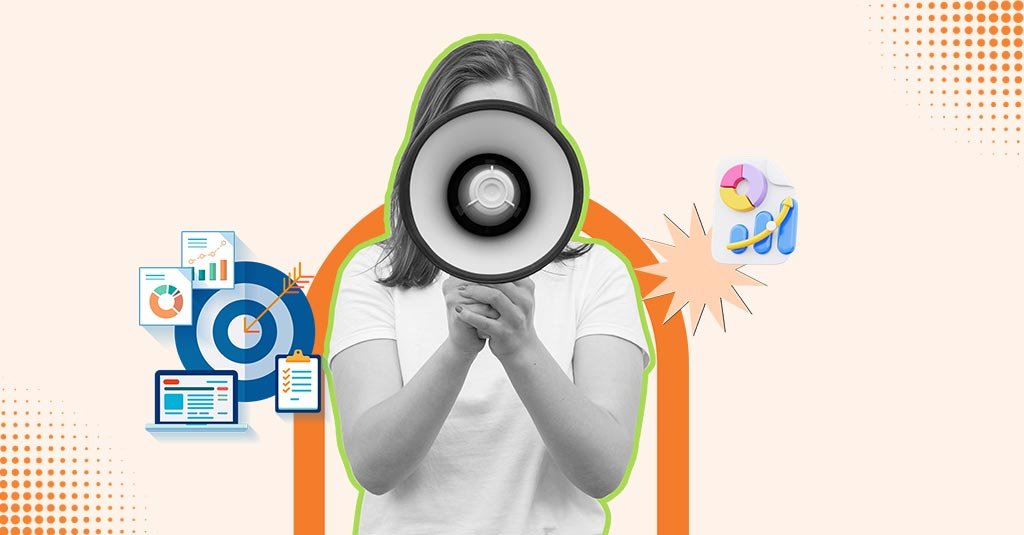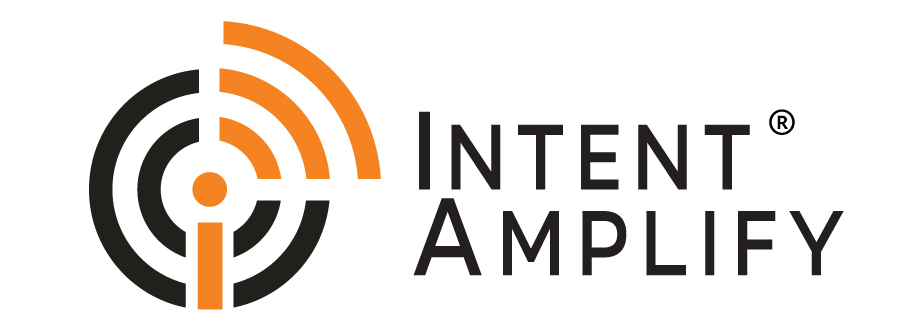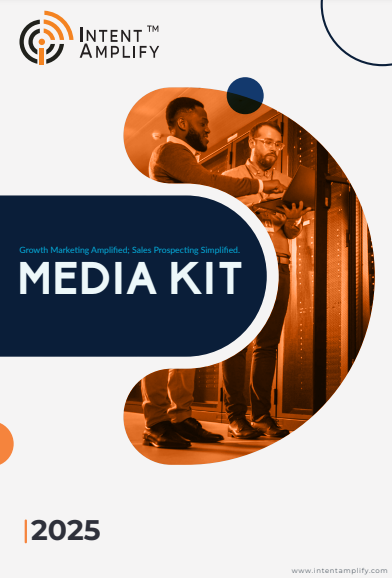
How Buyer Personas Help You to Personalize Your Appointments
- Last updated on: March 11, 2024
For many sales processes, appointment setting marks the first step. It presents you with an opportunity to connect with a potential customer, understand their needs, and ultimately guide them towards a sale. But with so many businesses competing for attention, your mail gets lost in overflowing inboxes and crowded schedules. So how do you make your contact even look at you? Using buying personas in an appointment setting may hold the secret. When you come across a message that directly addresses you by your name and talks about things that may generate curiosity – you will automatically click on the open button. But for a marketer, it’s not easy to understand every person’s individual needs and design a personalized card for each individual. The middle course then is creating buyer personas by clubbing similar customers in groups. Using buyer personas can optimize the appointment-setting process. Let’s explore more.
Understanding Buyer Personas: Your Key to Personalization
Buyer personas are detailed profiles of your ideal customers, capturing not just demographics like age and location, but also firmographics (company size, industry), behaviors, challenges, and goals. By understanding these buyer personas before setting appointments, you gain insights into what motivates your target audience and what kind of messaging resonates best – so that you create accordingly.
How Buyer Personas Transform Your Appointment Setting Outreach
Buyer personas can be thought of as the missing puzzle piece that elevates your appointment-setting outreach from generic to genuine. Here’s how they unlock the power of personalization:
Targeted Messaging:
No more generic greetings. When going about the task of setting appointments according to buyer personas, you are empowered to craft messages that speak directly to your persona’s pain points and desired outcomes.
Example
Instead of a bland “Hi [Name], hope you’re doing well,”
you can say,
“I noticed [Company Name] is looking for ways to improve [Specific Challenge mentioned in your persona research]. I’ve helped similar companies in your industry achieve [Desired Outcome] through [Your Solution].”
This targeted approach immediately grabs their attention and demonstrates you understand their needs.
Relevant Examples:
People connect with stories. Buyer personas help you weave relatable narratives into your outreach.
Use case studies or client testimonials that showcase how your product or service benefited similar companies facing challenges mentioned in your buyer persona. This builds trust and credibility, making your prospect more receptive to scheduling a call.
Personalized Openings:
First impressions matter, especially in emails.
Ditch the impersonal “Dear [Name],” and use buyer persona insights to craft personalized openings.
You could reference a recent industry trend relevant to their field, a pain point specific to their company size or industry, or even a challenge you noticed on their social media. This demonstrates you’ve done your research and show a genuine interest in their specific situation.
Right Channel, Right Time:
Not everyone enjoys phone calls, and some people might be more responsive to social media outreach. Buyer personas can shed light on your ideal customer’s preferred communication channels. Consider whether they’re more likely to engage with an email, a LinkedIn message, or a quick phone call. Respecting their preferred communication style shows you value their time and builds rapport.
Building Your Buyer Persona Dream Team: A Step-by-Step Guide
Now that you understand the power of buyer personas in an appointment setting, let’s get started on building your dream team. Here’s a step-by-step guide:
Gather Your Intel:
The first step is to gather as much information as possible about your ideal customers. Conduct internal discussions with your sales and marketing teams. Analyze your existing customer base to identify commonalities. Utilize market research reports and industry publications to understand current trends and challenges.
Segment Your Audience:
Chances are, you don’t have just one ideal customer. Segment your audience into distinct groups based on factors like company size, industry, or buying stage. This allows you to create more targeted buyer personas.
Craft Your Persona Profiles:
Now comes the fun part – building your buyer personas! Give each persona a name and picture to make them relatable. Flesh out their demographics, firmographics, and most importantly, their psychographics.
- What are their goals?
- What keeps them up at night?
- What kind of information do they consume?
Validate and Refine:
Don’t treat your buyer personas as set in stone. As you gather more data and interact with prospects, refine your personas to ensure they accurately reflect your target audience.
Taking Action: Tools and Templates to Personalize Your Outreach
Now that you’ve built your buyer persona dream team, let’s leverage these detailed profiles to craft personalized outreach that resonates with your ideal customers and lands you more appointments.
Customizable Outreach Templates:
Developing email templates with placeholders for key information derived from your buyer personas creates a foundation for personalized outreach in an appointment setting. This streamlines your workflow while ensuring consistency across your messages. However, personalization is about going beyond simply inserting a name.
Here’s How to Create Effective Customizable Templates:
- Targeted Openings: Craft multiple opening lines tailored to different buyer personas.
For example, for a persona representing budget-conscious companies, you could have an opening like, “I understand controlling costs is a priority for [Company Name]. In today’s economic climate…”
- Pain Point Spotlights: Include sections where you can highlight specific pain points mentioned in your buyer persona research.
For instance, for a persona representing companies struggling with lead generation, you could say, “Many companies in your industry face challenges with lead generation. Have you encountered…?”
- Solution Spot: Dedicate a section to showcase how your product or service addresses the specific challenges faced by the targeted persona. Here, you can reference relevant features or benefits aligned with their needs.
- Call to Action: Craft clear and concise calls to action that encourage the prospect to schedule an appointment. Consider offering different options, such as a phone call, a web demo, or a personalized consultation.
Additional Tips for Personalizing Your Templates
While templates provide a solid foundation, true personalization goes beyond fill-in-the-blanks. Here are some additional tips:
- Utilize Dynamic Content: Many email marketing platforms offer dynamic content features. Use these to personalize specific sections of your email based on data points like location or industry. For example, you could showcase a local success story relevant to the recipient’s city.
- Handwritten Notes: For high-value prospects, consider sending a handwritten note alongside your email. Briefly mention something specific from their social media profile or recent news article to demonstrate your research and genuine interest.
- Social Media Outreach: Leverage social media platforms like LinkedIn to connect with prospects. Engage with their content, share relevant industry insights, and then craft a personalized message mentioning your interaction before proposing a call.
Personalization is an ongoing process and buyer personas can greatly elevate your appointment-setting outreach. As you gather more insights from interactions and campaign performance, refine your templates and outreach strategies to continuously improve your appointment-setting success.




